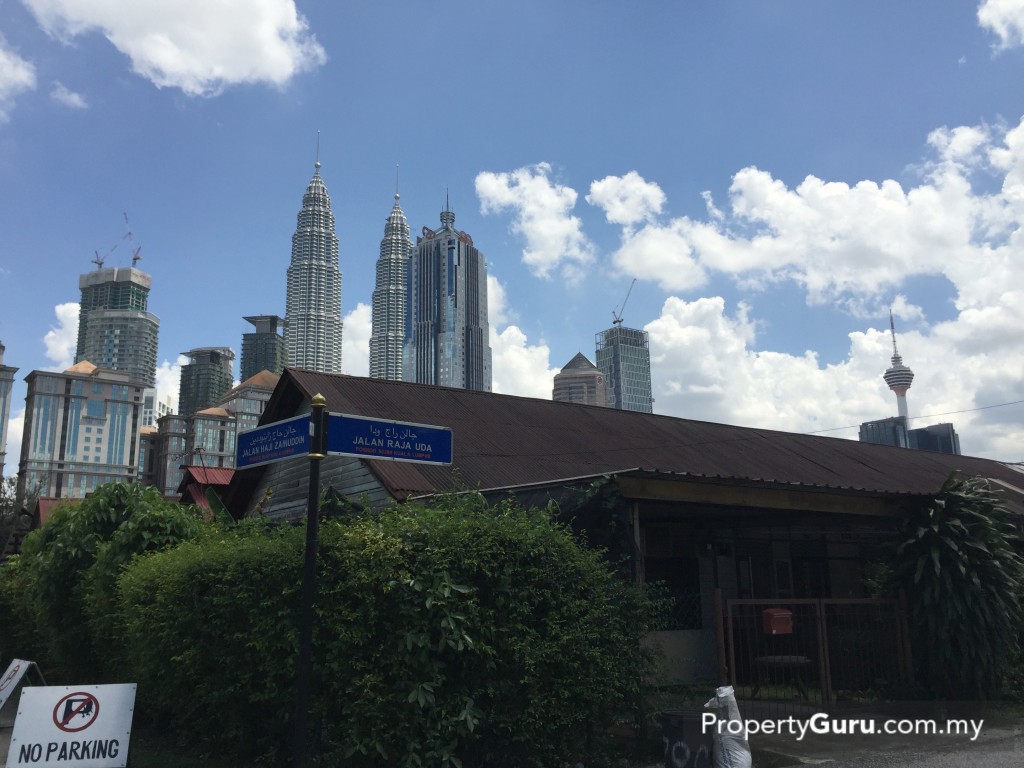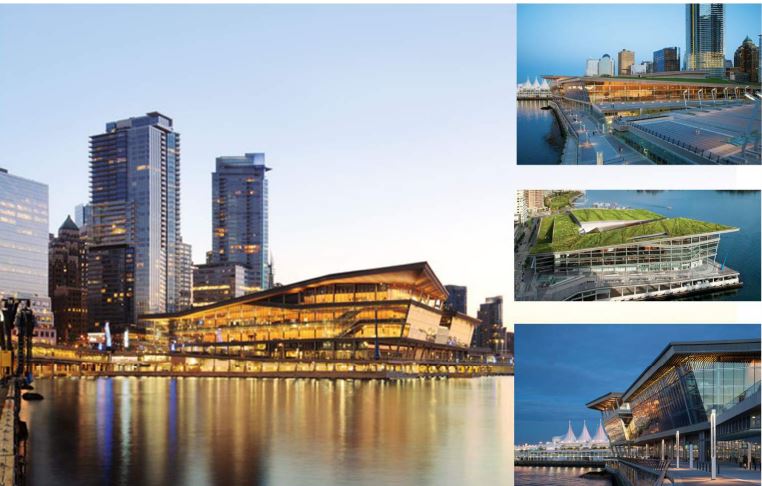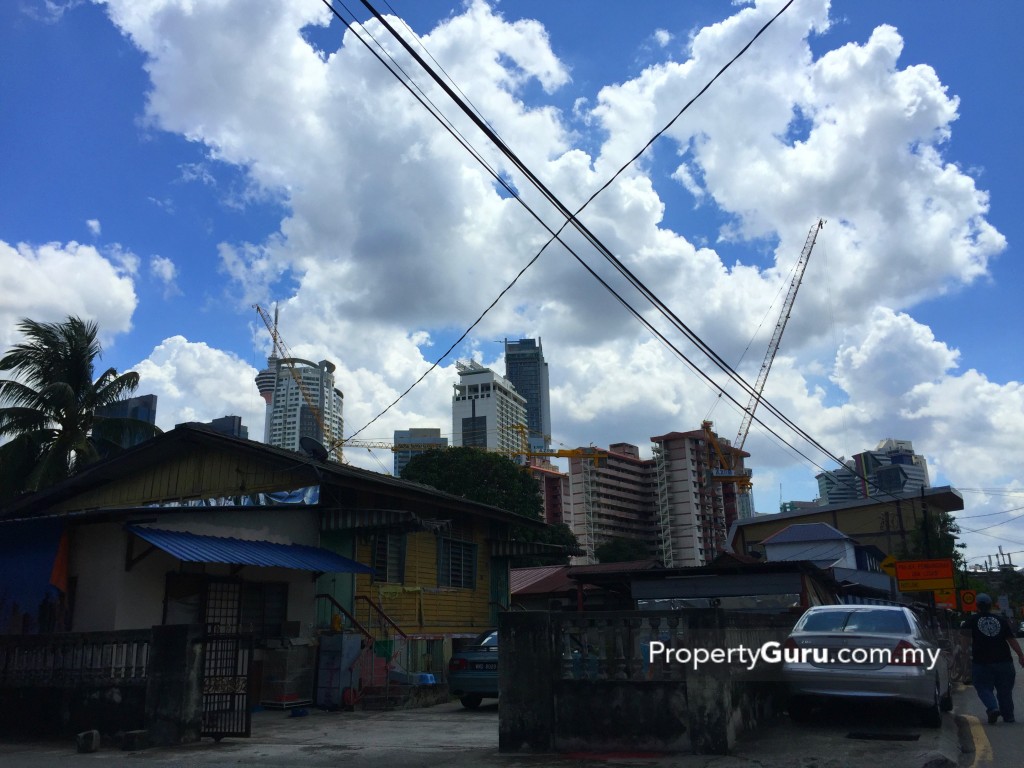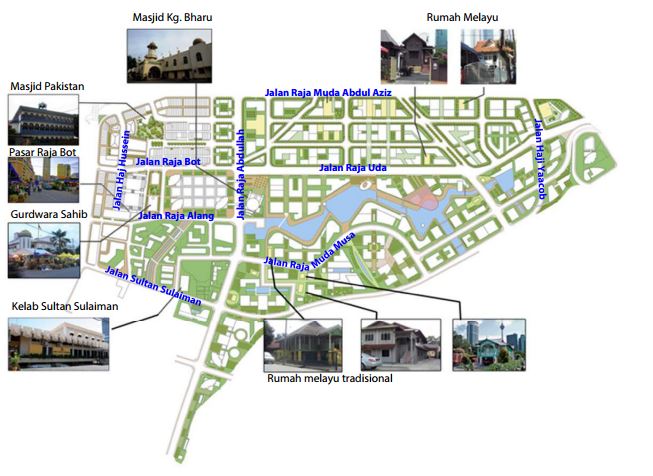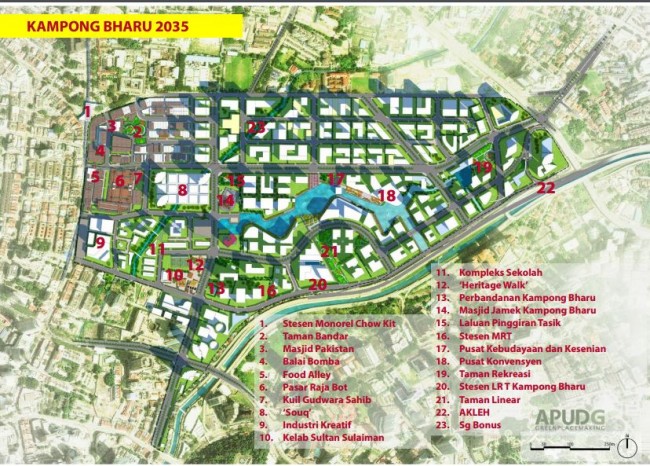By Radin Ghazali
The legendary kampung in Kuala Lumpur. Nothing could beat the aroma of Nasi lemak Antarabangsa for supper, nor the delectable array of food paraded along the roads here. The scent and sight would set many appetites alight and of course along with its affordability factor, which make people coming back for more. The culture here is immensely intact. Homes are still made of woods with vibrant colours coating the exterior side of these houses. The folks here lead a rather subdued life, less fuss and no hassle. No worries in the world.
And that was 20 years ago.
As years gone by, the original Nasi Lemak Antarabangsa gets franchised into a commercial eatery like Kluang Rail Coffee. Economic landscape of the folks is pretty much the same, as a decade or two before. Perhaps lesser stalls and shops that are aging and weary. Yet, a number of older homes have been banished and torn down, leaving stones and pilings waiting to be cleared. The wandering eyes would be amazed at the sight of broad and tall buildings that are under construction. High-rise developments are making their presence felt in this ‘city kampung’. Has modernisation and urbanisation finally caught up with Kampung Baru, the last kampung standing in the city?
What to become of Kampung Baru?
The kampung that existed since 1900s is smacked right next to KLCC and the entire capital city, is literally nesting on a 307-acre of goldmine. We have seen various traditional areas have bowed down to the development and transitioning from a kampung to a township. Places like Kerinchi, Jelatek and Segambut are all going through rapid process of urbanisation in making such areas appealing to urbanites and mid-income earners. Throughout those years, Kampung Baru, home to 18,372 people, stood still and firm.
In the recent years, such stance has been swaying back and forth between Pro-Development and Anti-Development. Hence, understanding both sides of the story is crucial before concluding the whole transitioning saga.
Two sides of the coin
Let’s Develop and Flourish
What will the development bring to the people of Kampung Baru?
This will change Kuala Lumpur forever. The entire physical landscape and the economy of the people of Kampung Baru will drastically morphed into another mega integrated development. Enlightenment is crucial in making it work; people should be equipped with knowledge of their fundamental rights. The rightful authorities shouldn’t stop or halt any forum or discussion in making this transition transparent. Hence, a detailed masterplan was created to introduce the new and amazing Kampung Baru to its traditional community.
The Kampong Bharu Detailed Development Masterplan (PITPKB) consists of detailed explanation on how this RM43bil makeover will take place on these 301 acres of land from now right up to 2035. In general, the area will be divided to three main zones with designated purposes.
Zone A will see the development of 30,000 sq ft Grade A buildings. Meanwhile, Zone B will focus on the creation of facilities and infrastructures for the local community. Zone C, on the other hand, will be transformed into Business Improvement District Scheme as existing infrastructures will be going through massive refurbishment, which include facilities and the overall structures of the area. The allocation of types of developments will be 30% for residential developments, 60% for mixed developments and 10% for community facilities developments. The government will also ramp up access to transportation by building a direct walkway to KLCC, BRT (Bus Rapid Transit) as well as MRT Line 2.
With all the facilities and developments in the pipelines, Kampung Baru will be able to accommodate 77, 000 residents to compare to its current population.
Hence, those behind the project have coined the name Kampung Baru Garden Center as a reflection to the soon evolved kampung that will be equipped with retail spaces, malls, 6-star hotel and a convention center. These plans are indeed ambitious in terms of lifting the area head and shoulders above the developments encircling it, given the fact that this is the heartbeat of the country’s metropolitan city. Many have argued that the time is now, for progress.
Kampung Baru could not afford to be left behind, and the government can’t leave this group of citizens aloof and trapped in time. Progress is needed in balancing the urbanizing works within the heart of the city. This also governs the change in its economic practices that are dominated by traditional and soon to be forgotten small businesses. Living in the middle of this city requires them to earn a substantial amount of income and relying on these smaller businesses won’t allow the people to keep pace with development.
Let’s Stick to Our Roots
But there is always the other side of the story. Folks who vowed not to allow progress to take place, regardless if these voices belong to the local community or even passionate observers. They are adamant that such progress will defeat the purpose.
The city will lose its core identity if plans of wiping out the wooden and nostalgic homes take place. Conservation of culture and tradition will be at bigger risk and will be at the losing end. According to the Kampong Bharu Detailed Development Masterplan, there will be preservation of landmarks and historical sites but saving a couple of them wouldn’t have much impact while the rest of the area will be morphed into something modern and unrecognizable.
There are a handful of similar developments nearby like Menara Felcra and FELDA’s Semarak 20 along Jalan Sultan Yahya Petra, which will consist of retail spaces, offices, residences and convention centre. Hence, many have questioned if changing Kampung Baru into another business and retail centre would be the way to go. We have seen and read endlessly the concerning issue of property glut within the capital- be it residential and retail spaces. There is a possibility that the development will face such stalemate and stagnation in terms of occupancy.
Wouldn’t it be better for Kampung Baru if it is kept as it is or maybe providing minor enhancements like better roads with great connectivity and polished facilities like a decent drainage system? Why must Kampung Baru go through such radical makeover?
Let traditions live while urbanisation takes place. The area can be a culture and historical staple, reminding the people and the world about Kuala Lumpur’s humble beginning and how it has progressed to its current landscape.
The verdict? The transition is still debatable. The government and those involved in executing the masterplan are still getting around, explaining the concept of the transition and how the people can benefit from it. There are a portion of folks who have not resolve matters related to the transfer of development rights while others are still contemplating on the change. Hence, Kampung Baru folks must first come to a mutual consensus before such mega redevelopment can take place. It all comes down to the people. They could either stay put to their homes or take the chance and embrace changes as the way to go forward.
Featured Picture Sourced from CNN
For more information on new homes, check out PropertyGuru’s New Property Launches and Project Reviews.

